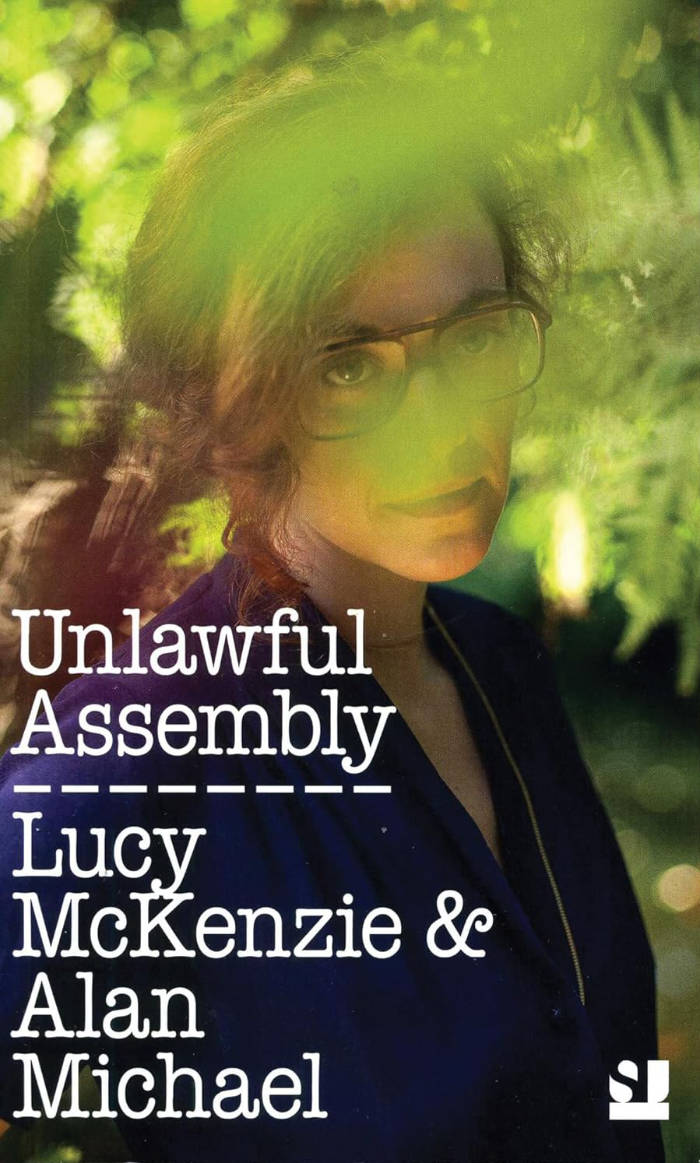
Verlag der Buchhandlung Walther König
Every Day is A New Day: Calendar 2023
Dutch graphic designer Karel Martens (born 1939) has been an influential figure in the visual culture of the Netherlands for many decades. Alongside his commissioned projects, Martens has maintained a commitment to this personal and iterative way of printing, which shows how creative practice often spans perceived disciplinary boundaries.
For each day of this elegant 2023 calendar, Martens has created a unique abstracted form to serve as a number—originally constructed using his signature method of printing letterpress monoprints from found metal forms, which are then digitized to comprise 365 compositions in total. The piece’s reference to the daily practice of art expresses Martens’ own approach as a designer and educator: “every day is a new day.”







